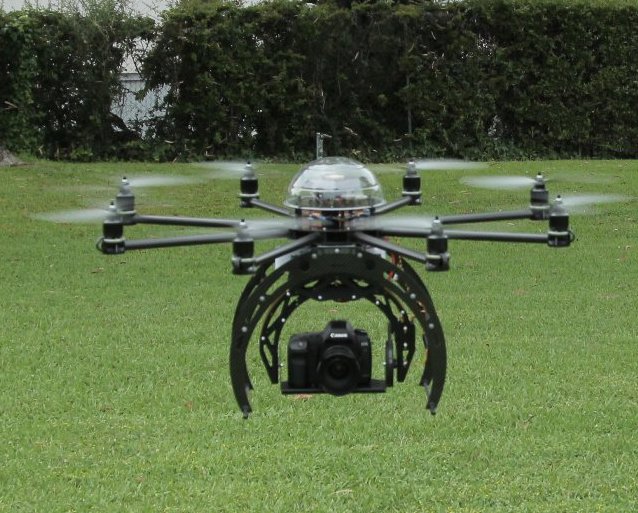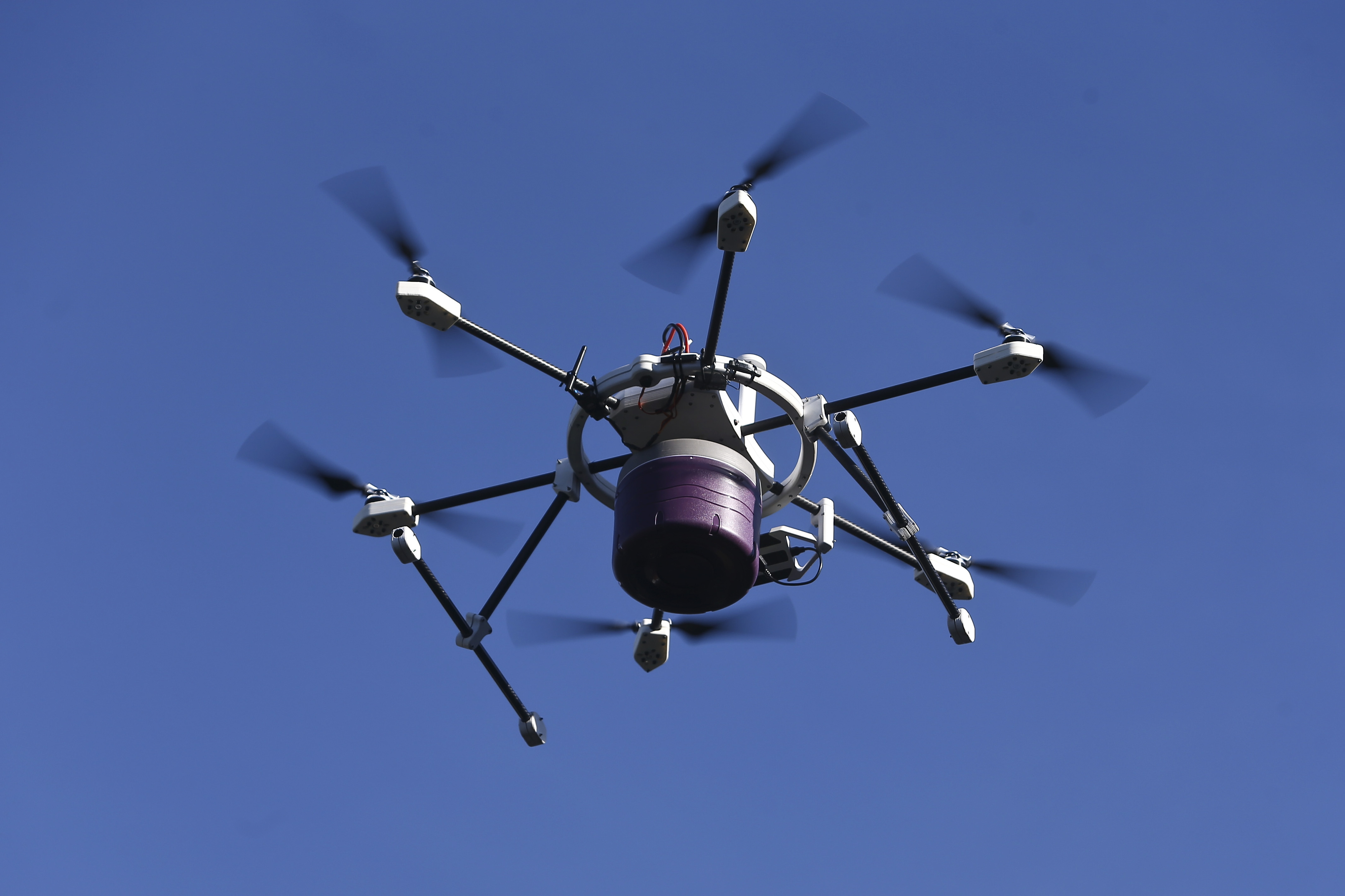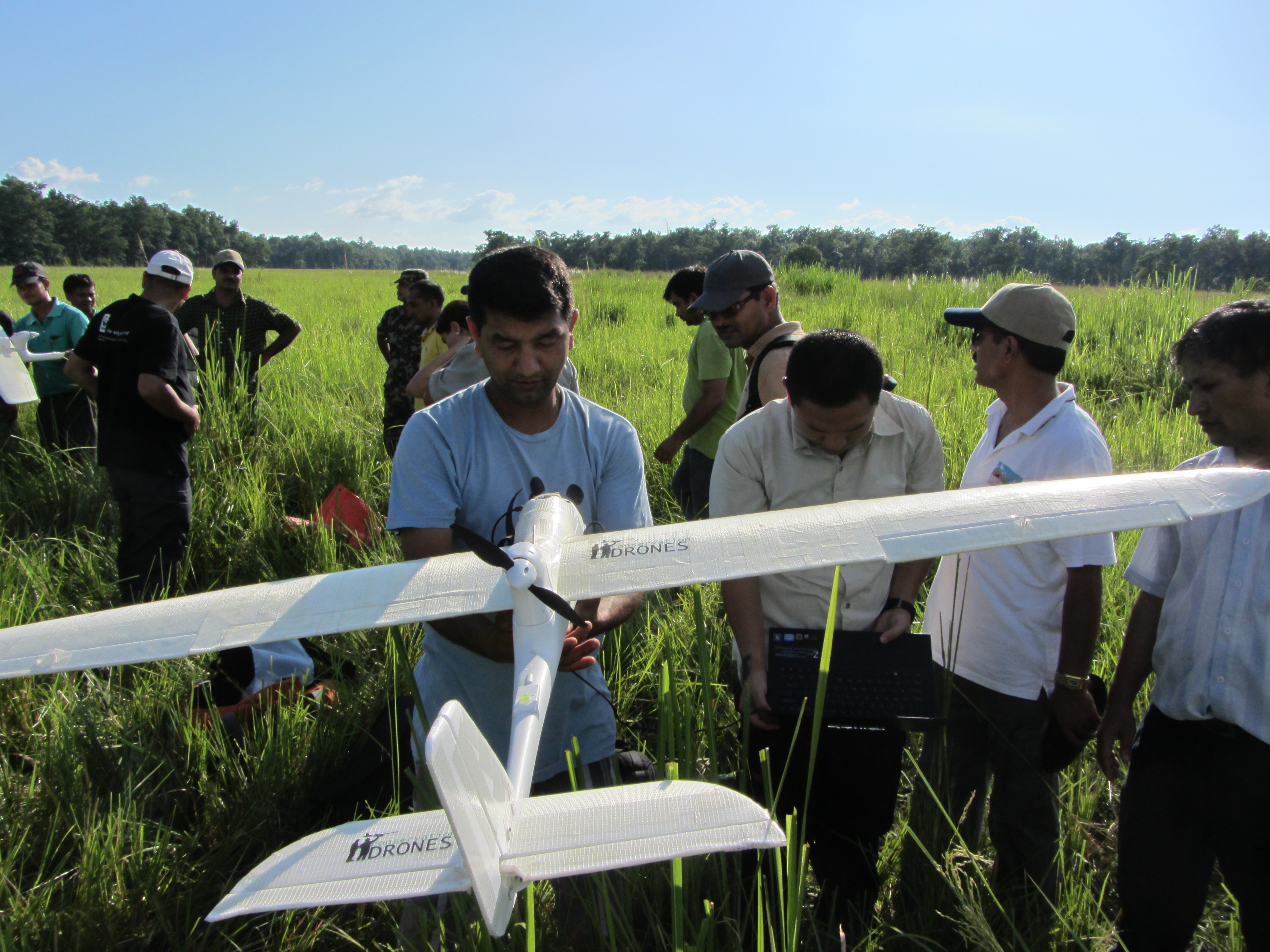Want to Fly a Drone in India? Here’s Everything You Should Know Before You Do!
While the benefits of using a drone are many, it also poses a security risk, which needs to be studied in depth.

It’s the penultimate over in a rather tense match between India and Bangladesh. The crowds are at the edge of their seat, and there is a deathly silence in the packed stadium. As the commentators start speaking, there is something seen hovering over the stadium and looks rather suspicious.
In a jiffy, the players are whisked out of the ground and into the dressing rooms. The ground is now filled with police personnel who are trying to investigate and find out what is hovering overhead. A little later as the unidentified flying object, as they were calling it, made its descent and landed on the ground they found out that it was a drone.
This drone belonged to a photographer who was experimenting with aerial photography and thought the cricket match would make for the perfect setting.

Photo Source: Wikimedia Commons
Little did he realise that his desire to experiment could land him in jail.
What is a drone?
Drones are unmanned aircraft that can fly autonomously without a human in control. Furthermore, drones can be defined as aircraft without pilots on board, whose flight (speed, navigation, aerobatics, etc.) are controlled by onboard computers that are in turn directed by remote human operators.
What is the legal status of operating a drone in India?
After a lot of ambiguity, The Office of the Director General of Civil Aviation (DGCA) finally released the Civil Aviation Requirements (CAR) for the operation of civil Remotely Piloted Aircraft System (RPAS), or as it is commonly known as, drones. As per the CAR, to operate a drone one will have to obtain a Unique Identification Number (UIN), an Unmanned Aircraft Operator Permit (UAOP) and comply with certain other operational requirements.
The DCGA has divided the drones into five categories based on their Maximum Take-Off Weight (MTOW)
1. Nano: Less than or equal to 250 grams.
2. Micro: Greater than 250 grams and less than or equal to 2 kg.
3. Mini: Greater than 2 kg and less than or equal to 25 kg.
4. Small: Greater than 25 kg and less than or equal to 150 kg.
5. Large: Greater than 150 kg.
The DGCA will allow model aircrafts, with a Maximum Take-Off Weight of up to 2 kg and without any payload, to operate without UNIN and/or UAOP, provided that they’re flown below 200 feet and only inside the premises of an educational institution.
However, such recreational flyers will have to “inform the local police authorities before undertaking such activities even for indoor operation.”

Photo Source: Wikimedia Commons
“Regulation of drones is a very difficult prospect in a country like India. We have extensively pondered over the security aspect and consulted global examples. This is a very progressive policy which will increase the ease of doing business for drones,” Jayant Sinha, minister of state for civil aviation said in a report to Business Standard.
Here are the requirements for applying for a Unique Identification Number (UIN)
• Applicant must be a citizen of India
• The central government or any state government or any company or corporation owned or controlled by either of the said governments
• A company or corporate body, provided either it is registered and has its principal place of business within India, or its chairman and at least two-thirds of its directors are citizens of India, or its substantial ownership and effective control is vested in Indian nationals
• A company or corporation registered outside India, provided that it has leased the RPAS to any organization mentioned in points 2 & 3 above.
What documents need to be submitted?
• Contact details of the operator with valid identity and address proof
• Details of purpose and area of operation
• Specification of the drone, including manufacturer name, type, model number, year of manufacture, weight & size, type of propulsion system, flying capabilities in terms of maximum endurance, and range & height among others
• Details of compatible payload along with its weight and maximum weight carrying capacity of the drone
• Copy of the drone’s flight manual or manufacturer’s operating manual
• Copy of the drone’s manufacturer’s maintenance guidelines
• Explicit permission for all frequencies the drone will be using during operations from the Department of Telecommunication (Wireless Planning and Coordination Wing)
• Security clearance from the Ministry of Home Affairs (MHA) in case, the applicant, is either an individual or a company that isn’t owned or controlled by a government body
• Verification of character and antecedents of the remote pilot(s) from the local sub-divisional police office
Like cars have number plates, each drone is required to have a similar identification plate, on which the UIN, radio-frequency identification (RFID) tag and SIM will be affixed.
DGCA will issue the UIN within two days if the documents submitted are complete.
Also, note that drones in the Nano category that do not intend to fly more than 50 feet above ground level, and those that are owned by government security agencies do not require a UIN.
What documents need to be submitted to obtain an Unmanned Aircraft Operator Permit?
• Permission from Air Traffic Services provider (civil/defense)
• Permission of the land or property owner (i.e., the area from where the drone will take-off and land
• Details of the remote pilot(s) and her/his training records
• Insurance details of the drone
• Security programme as approved by Bureau of Civil Aviation Security (BCAS)
• The application for the UAOP needs to be submitted with the DGCA at least 7 days before actual operations.
Each issued permit will be valid for a period of 5 years, following which it needs to be renewed.

Photo Source: Wikimedia Commons
Enforcement action
The UAOP issued by DGCA shall be cancelled or suspended at any time if in its opinion, the performance of the remote pilot /maintenance of RPAS is no longer acceptable. Any breach of compliance to any of the requirements shall attract penal action including imposition of penalties as per applicable under the Indian Penal Code.A breach, if any noticed by any Govt. authority shall be intimated to the concerned state authority for taking necessary action including imposition of penalties under the applicable statutory provisions.
Conclusion
While drones or unmanned aircraft can be used for several purposes such as mapping, survey and commercial photography, e-commerce ventures are looking to use them for deliveries to its consumers.
However, drones are also viewed as a security risk. The International Air Transport Association has referred to drones as a threat in airspace and called for a greater stakeholder engagement to ensure safety.
Like this story? Or have something to share?
Write to us: [email protected]
Connect with us on Facebook and Twitter.
NEW: Click here to get positive news on WhatsApp!
If you found our stories insightful, informative, or even just enjoyable, we invite you to consider making a voluntary payment to support the work we do at The Better India. Your contribution helps us continue producing quality content that educates, inspires, and drives positive change.
Choose one of the payment options below for your contribution-
By paying for the stories you value, you directly contribute to sustaining our efforts focused on making a difference in the world. Together, let’s ensure that impactful stories continue to be told and shared, enriching lives and communities alike.
Thank you for your support. Here are some frequently asked questions you might find helpful to know why you are contributing?


This story made me
-
97
-
121
-
89
-
167











